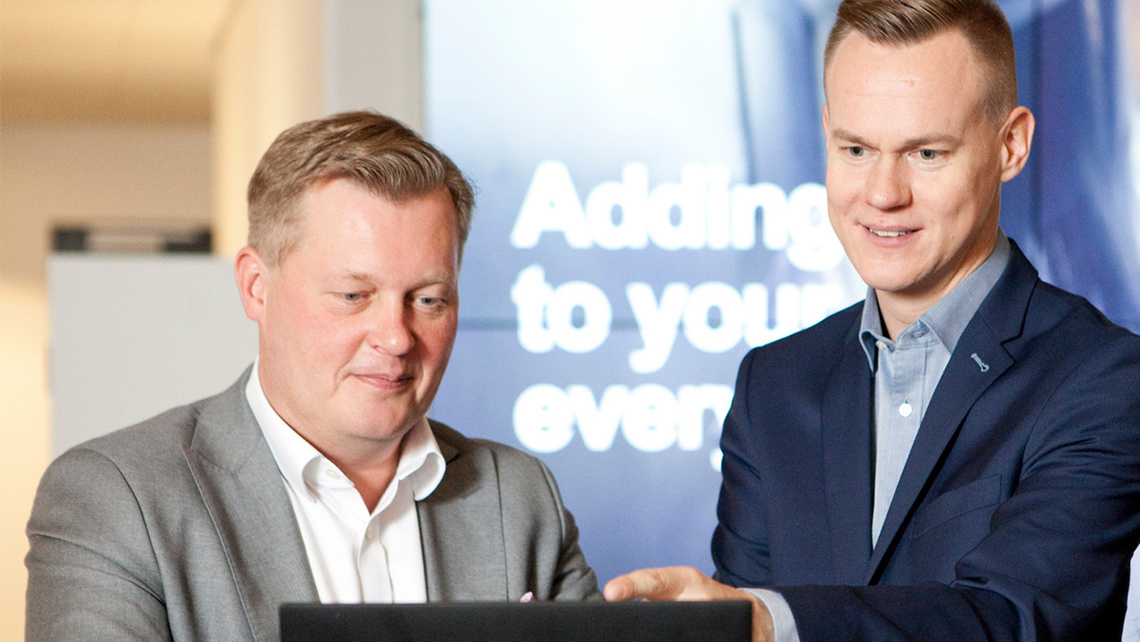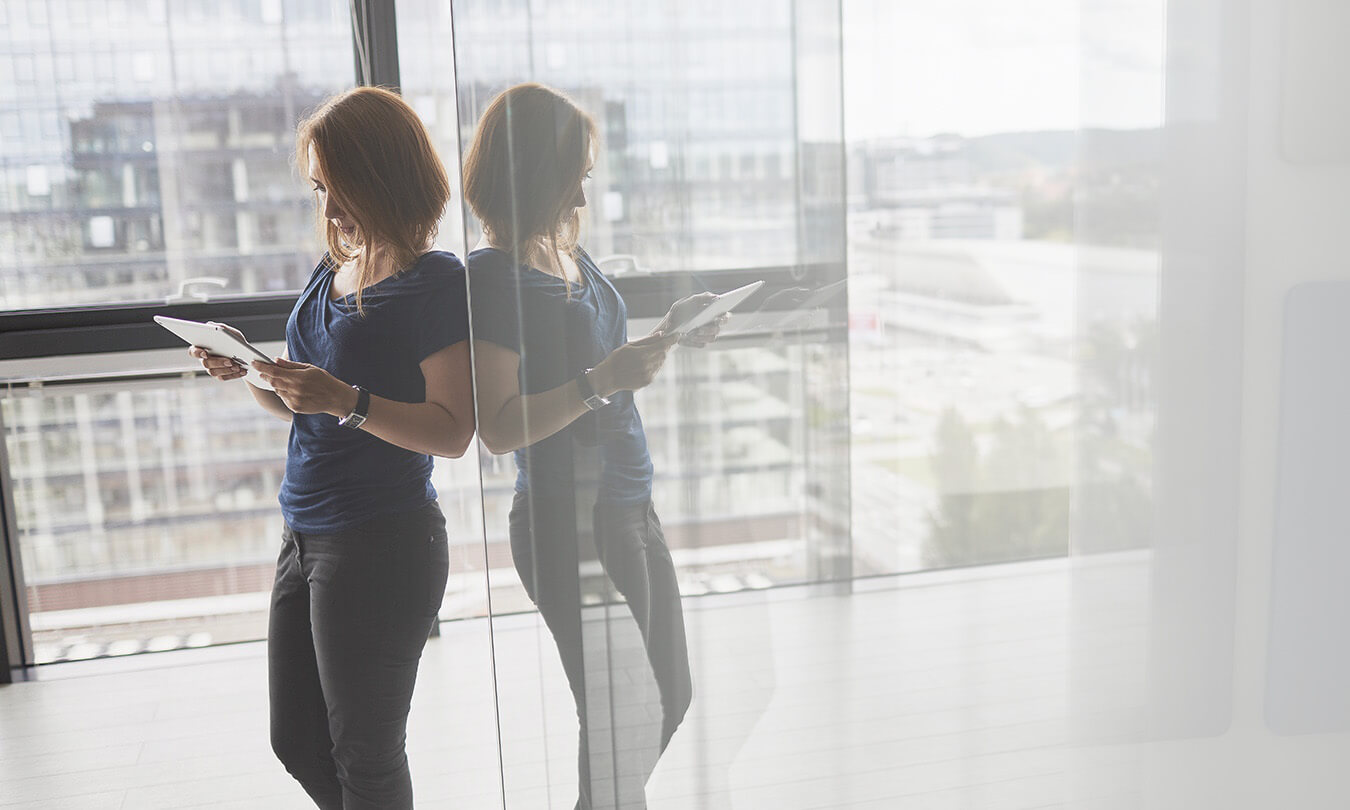Chemistry plays a key role in increasing sustainability and reducing food waste. Advanced chemical technology, joined with fiber-based food packaging, help to keep our food fresh longer, your fingers clean, the package safe and hygienic, and robust yet light so it travels well. All this reduces the amount of food that’s wasted, as well as plastic waste.
Just a pinch of salt
Every morning most of us go to the fridge and reach for something that’s packaged in cartonboard, be it milk, juice, or yoghurt. These cartons need to have a sufficient stiffness and strength to open cleanly, when pouring you need to have enough grip or the contents will spill, and when you taste or smell the food you’ll immediately notice if it tastes good or has gone bad. All of these properties are improved by the chemistry used when manufacturing the packaging material.
Chemistry gives board its liquid or grease resistance, increases hygiene and purity and makes packaged food shelf life longer, helps make packaging lighter, and increases its strength. It also improves printability and convertibility to ensure all-important brand messages can shine on the shelves. For me, chemistry is like salt: no-one will want to eat your food if you add too much; chemicals too are used sparingly. With the right expertise you can have all the benefits chemistry can provide.
By improving the performance of food-grade packaging materials we can extend the lifetime of packaged food and reduce the amount of waste generated.
Giving Mother Nature a helping hand
By improving the performance of food-grade packaging materials we can extend the lifetime of packaged food and reduce the amount of waste generated. Food waste is a huge problem globally, with roughly one third of the food produced each year currently going to waste. In developed economies waste is mainly generated by consumers, whereas elsewhere it’s often down to an inefficient food chain. These are different dilemmas, but we can help with both by looking into solutions related to the last mile any food travels.
My thinking is you should avoid packaging as much as possible. When it’s needed – as it often is to avoid waste – make sure it’s fit for purpose, made from renewable materials and recyclable or reusable. One alternative is developing fiber-based materials that have plastic-like properties such as transparency, but are renewable. Fibers already make excellent fiber bonds and we can help Mother Nature increase this bonding strength so our customers can either use less pulp or use lower quality raw materials, like recycled fibers.
The main driver for me is being able to be part of the solution. Of course, the role of any individual is tiny, but we must create opportunities to think differently.
A step-by-step approach
Changes don’t usually happen overnight and steps for more sustainable packaging need to be taken by everyone in the supply chain: from packaging material manufacturers, to brand owners and consumers. The main driver for me is being able to be part of the solution. Of course, the role of any individual is tiny, but we must create opportunities to think differently. We can’t go from fossil-based to entirely renewable materials overnight, but we are getting closer all the time.
Open innovation for new solutions
To help us work on our development roadmap for sustainable alternatives to packaging plastics, we have also launched an innovation challenge called “Food for Thought”. With a rise in take-out culture and ready-made meals, the demand for high-quality packaging board is increasing. We are hoping to crowdsource some clever business models and earning logics in this space – perhaps from unexpected sources. I believe that someone looking at the problem from a totally different angle might find an answer that takes our small steps and translates them into giant leaps towards a more biobased economy. The innovation challenge closes on 1st November, so stay tuned to find out about the outcomes!


